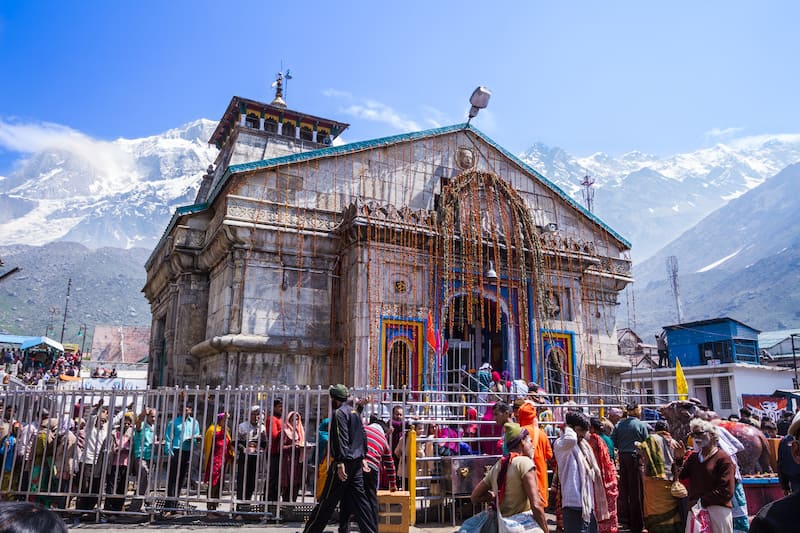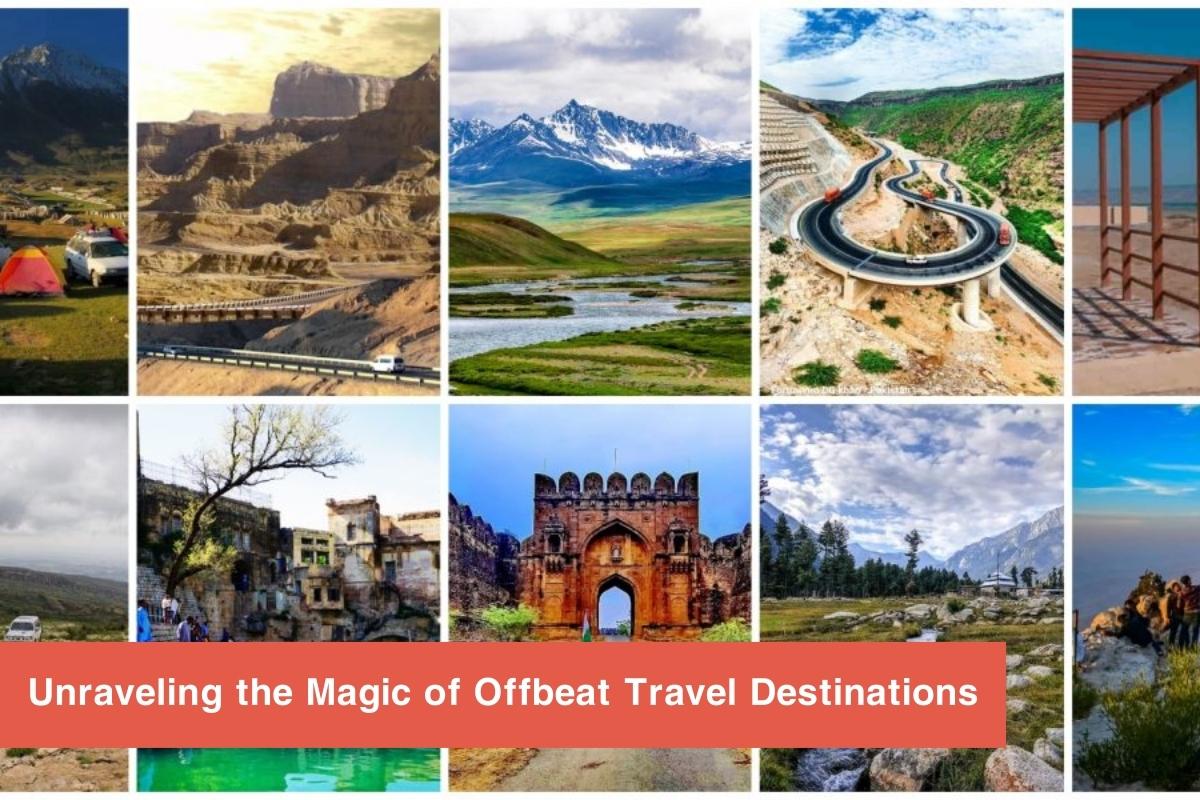India, a land of diverse cultures and religions, is home to some of the most spiritually significant pilgrimage places in the world. Millions of devotees and tourists alike flock to these sacred sites to seek blessings, find inner peace, and explore the rich tapestry of India’s spiritual heritage. In this article, we will embark on a journey to discover the most visited pilgrimage places in India, each carrying its unique charm and spiritual significance.
The Holy Char Dham Yatra
Char Dham: Where the Gods Reside
The Char Dham Yatra, often referred to as the journey to the four abodes of the gods, is a sacred pilgrimage in the Himalayas. It encompasses four prominent destinations: Yamunotri, Gangotri, Kedarnath, and Badrinath. Pilgrims undertake this arduous journey to cleanse their souls in the divine waters of the Yamuna, Ganga, and Alaknanda rivers and seek the blessings of Lord Shiva and Lord Vishnu. Certainly, if you’re planning to embark on the Chardham Yatra and explore the spiritual wonders of India, you can book your Chardham Yatra packages right now. India’s Chardham Yatra, which includes Yamunotri, Gangotri, Kedarnath, and Badrinath, offers a profound spiritual experience amidst the breathtaking Himalayan landscapes.
Varanasi: The Spiritual Capital of India
Banaras – Where Life and Death Unite
Varanasi, also known as Banaras, is a city that needs no introduction. Situated on the banks of the sacred River Ganges, this city has been a center of spirituality, knowledge, and culture for centuries. Pilgrims and tourists alike come to Varanasi to witness the mesmerizing Ganga Aarti, take a dip in the holy river, and seek spiritual enlightenment.
The Golden Temple of Amritsar
Amritsar – Where Humanity Knows No Boundaries
The Golden Temple, also known as Harmandir Sahib, is the holiest shrine for Sikhs. Its stunning architecture and the shimmering reflection in the Amrit Sarovar (Pool of Nectar) make it a sight to behold. Pilgrims from all walks of life visit the Golden Temple to partake in the langar (community kitchen) and experience the Sikh philosophy of selfless service and equality.
Ajmer Sharif Dargah
Ajmer – The Sufi Pilgrimage
Located in the heart of Rajasthan, the Ajmer Sharif Dargah is a revered Sufi shrine dedicated to Khwaja Moinuddin Chishti. People of all faiths visit this spiritual haven to seek the saint’s blessings and immerse themselves in the Sufi tradition of love and devotion.
Dwarka: The Kingdom of Lord Krishna
Dwarka – The Land of Legends
Dwarka, situated on the western coast of India, is believed to be the ancient kingdom of Lord Krishna. Pilgrims flock to this coastal town to visit the Dwarkadhish Temple and immerse themselves in the stories of Lord Krishna’s divine leelas (plays) and teachings.
Rameswaram: The Southern Spiritual Gem
Rameswaram – Where the Oceans Meet
Rameswaram, located at the southern tip of India, is renowned for its temples and its spiritual significance in Hinduism. The Ramanathaswamy Temple, with its stunning corridors and sacred tanks, is a must-visit for devotees. It is believed that a pilgrimage to Rameswaram washes away one’s sins.
Conclusion
India, with its rich spiritual heritage, offers a diverse range of pilgrimage experiences. Whether you seek the tranquility of the Himalayas, the spiritual vibrancy of Varanasi, the serenity of Amritsar, the Sufi mysticism of Ajmer, the legends of Dwarka, or the sanctity of Rameswaram, India has a pilgrimage destination that will touch your soul.
Explore these sacred places, immerse yourself in their stories, and discover the spirituality that binds the diverse fabric of India together.
FAQs
1. What are the best times to visit these pilgrimage places?
The best time to visit these places varies depending on the location. Generally, the spring and autumn months are considered ideal due to pleasant weather conditions.
2. Are these pilgrimage places open to people of all faiths?
Yes, most of these places are open to people of all faiths and welcome visitors with open arms.
3. Is it necessary to have a guide when visiting these pilgrimage places?
While not mandatory, having a guide can enhance your experience by providing valuable insights and historical context.
4. Are there accommodation options available near these pilgrimage places?
Yes, all of these places offer a range of accommodation options to suit different budgets and preferences.
5. Can foreigners visit these pilgrimage places?
Absolutely! These places are open to people from all over the world who wish to explore India’s spiritual heritage.





